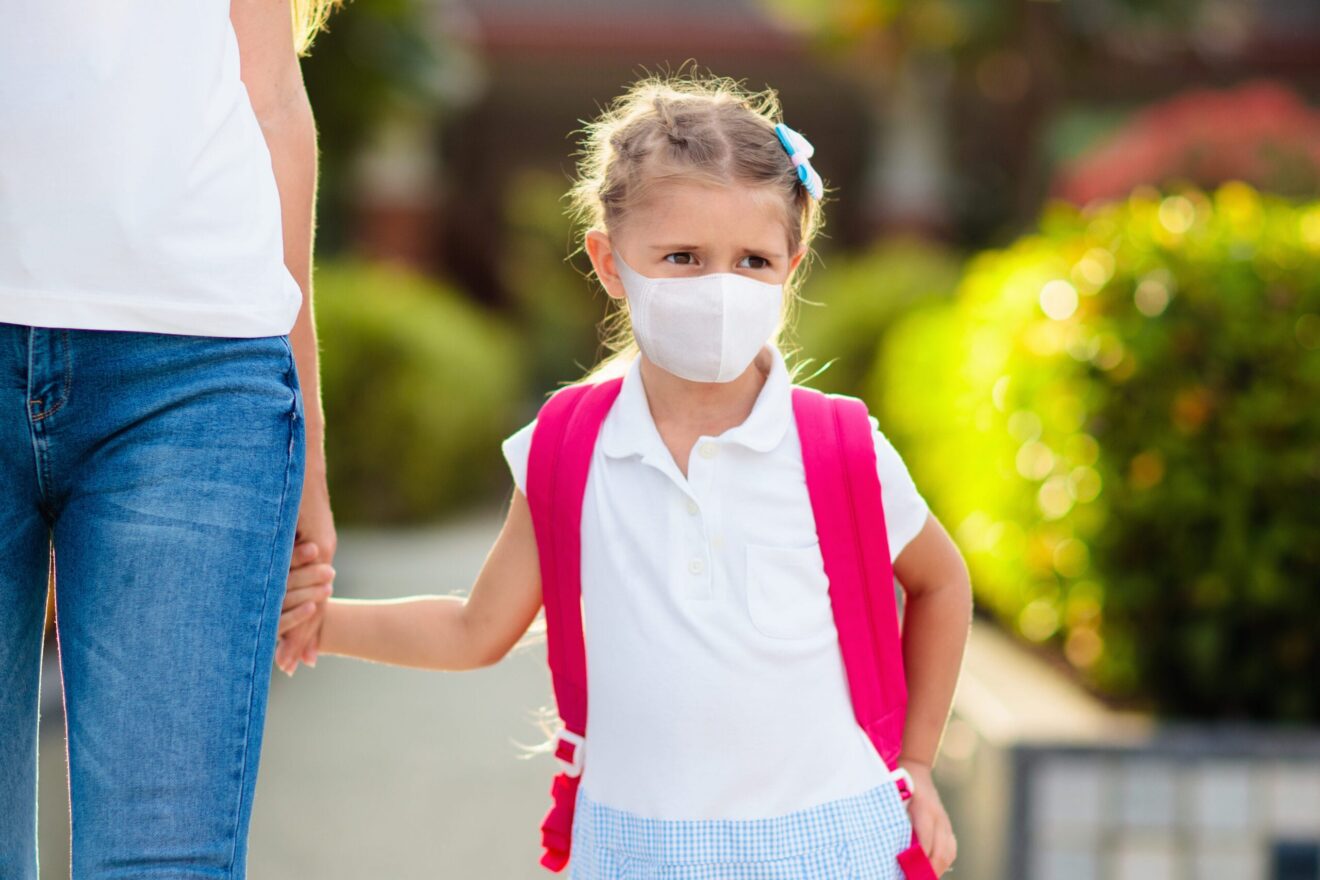The Connecticut Examiner analyzed data from the state Department of Education that found that students in Connecticut are nearly as likely to report testing positive for COVID-19 if they study remotely, in person or in a hybrid model.
According to epidemiologists and experts in the state, that data tracks with the lessons they’ve learned over the fall semester, as students have returned to the classroom in some regions and stayed home in others.
Dr. Pedro Mendes, director of the UConn Center for Quantitative Medicine, built a model at the beginning of the pandemic to forecast PPE needs at UConn Health. His detailed model has allowed Mendes to trace exactly when cases have ticked up across the state.
“When I look back at the data, I see the second wave in Connecticut starting on September 20, which was a few weeks after schools and colleges started up for the fall,” Mendes said. “From my observation, colleges seem to have played a bigger role in this, because students were coming from out of state at a time when cases were rising in the Midwest and South.”
Mendes said that data tracks with a growing consensus on spread in schools.
“Most of the spread now seems to be happening in the community, with people spending time indoors with close friends and family and getting infected that way,” Mendes said. “That would mean you’d get about the same amount of infection for kids who are learning in school and those who are learning at home. Most likely, they’re not getting it in the classroom, otherwise the data would be different.”
Dr. Thomas Murray, associate medical director for infection prevention at Yale New Haven Children’s Hospital, agrees that community spread has been the primary driver of infection, not in-school learning.
“Risk mitigation strategies were designed to prevent spread within the school, not to prevent cases from coming into the school from the community,” Murray said. “Over the last month or so, as community rates have risen, schools have seen more cases, but that doesn’t necessarily say anything about spread in the classroom. It’s impossible to prove that there hasn’t been spread within schools, but I’m certainly not aware of any large-scale outbreaks tied to in-school classroom activity.”
The lack of evidence of large-scale, in-classroom transmission is a testament to risk mitigation strategies, said Dr. Albert Ko, professor of epidemiology at the Yale School of Public Health.
“Since we haven’t had any large, school-wide outbreaks, it shows us that our interventions have been able to keep classrooms safe,” Dr. Ko said. “Face masks, cohorts, and to a lesser extent disinfection have all been able to work. While it’s hard to parse exactly where people get infected, we haven’t really seen evidence of school-wide spread with multiple infections within a cohort. No large, school-wide outbreaks are coming to mind.”
Fran Rabinowitz, executive director of the Connecticut Association of Public School Superintendents, says the anecdotal evidence she’s gathered from superintendents across the state supports this theory.
“I talk to 100 superintendents every week, and they do not believe transmission is happening in schools,” Rabinowitz said. “They know this because they quarantine kids who had contact with a confirmed case, and those kids return after quarantine healthy. They haven’t really had cases of kids coming down with it after being exposed in school, which tells me that transmission isn’t really happening in the classroom.”
While relatively low levels of spread in the classroom and few anecdotes of superpreading events in schools is undoubtedly a positive, some worry about the message some may take away from those conclusions.
“People hear that there is not much evidence of spread in schools and interpret that to mean that the virus can’t spread in schools,” said Dr. Marney White, an associate professor at the Yale School of Public Health who studies the psychology of health messaging and epidemiology. “It’s leading people to argue for in-person learning in schools where distancing isn’t possible, or mask breaks, or cafeteria-style eating without masks. Low evidence of spread in schools is a reason to continue with restrictions, not to ease them.”
Mendes is also concerned with the message sent by keeping schools open, even if doing so on its own does little to raise COVID transmission rates in the state.
“We have to consider that by opening schools, we are giving a signal that things are not as bad as they were before when we had the schools were closed in the spring,” Mendes said. “It may have a secondary effect of making adults think they don’t need to be so careful anymore.”

